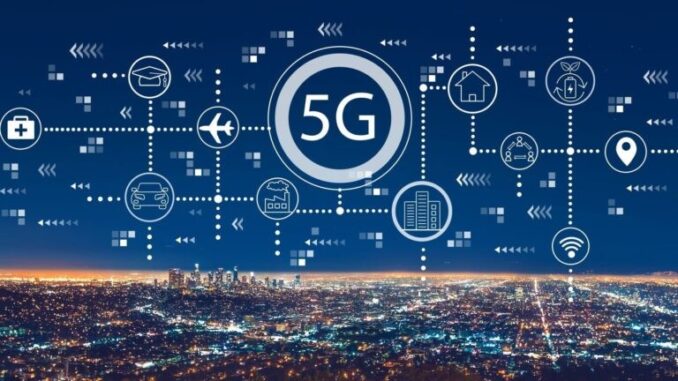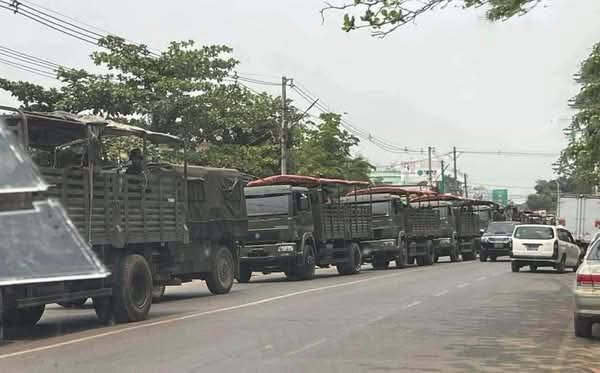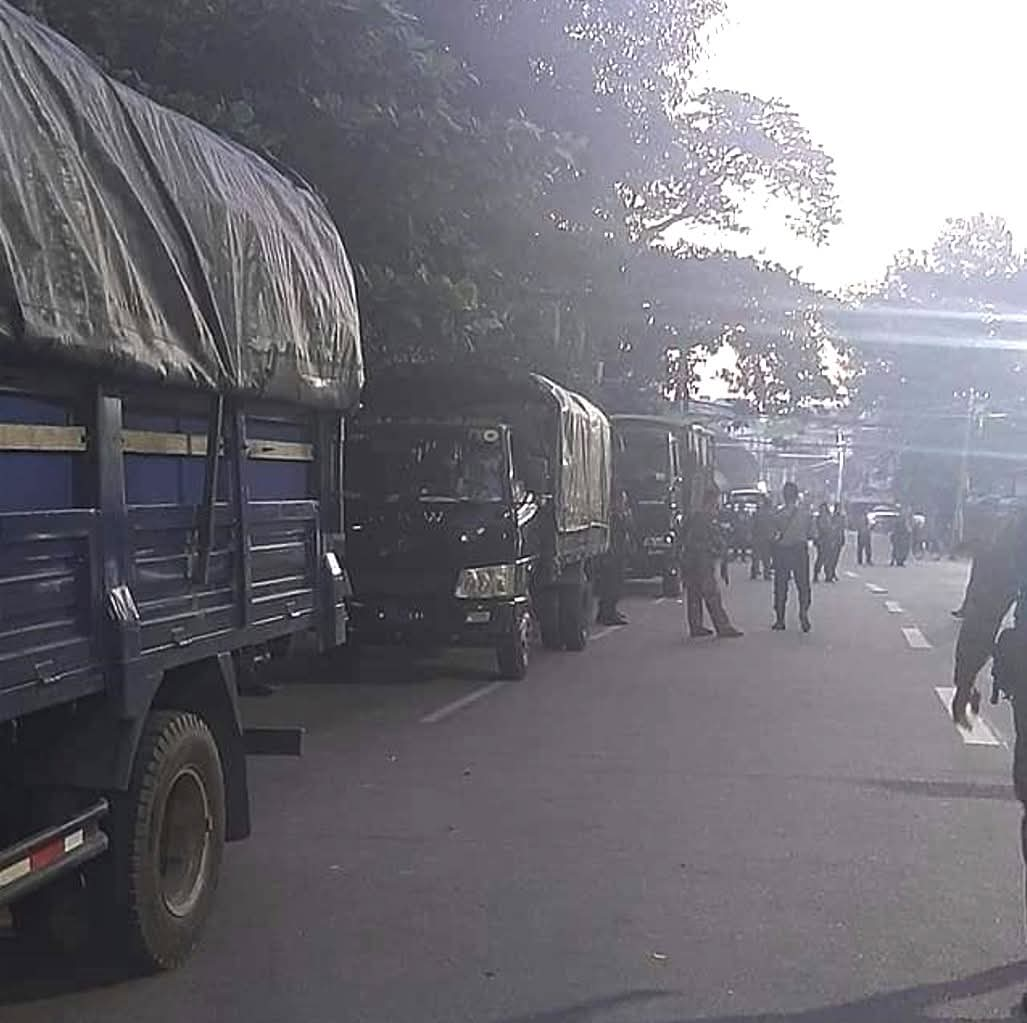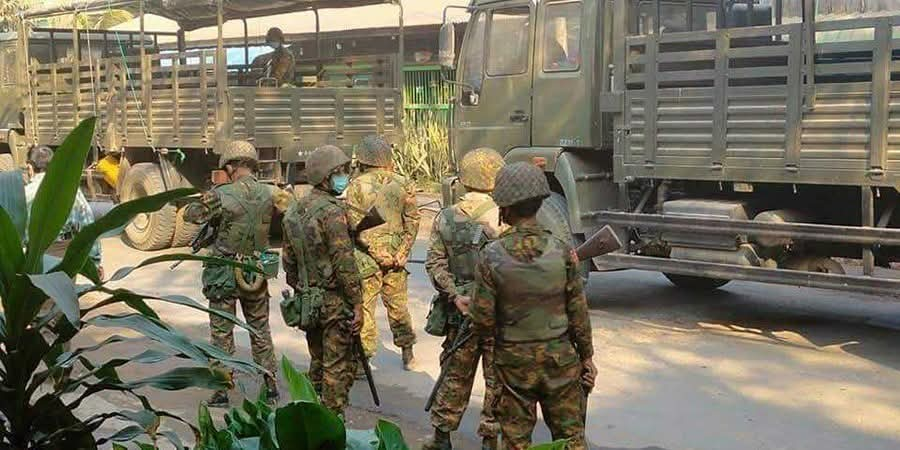
5G, the fifth generation of wireless network technology, has experienced rapid global expansion and standardization in recent years. Here’s an overview of its global reach and standardization:
As of 2023, over 180 countries have launched commercial 5G services, with many more planning to do so in the coming years. According to a report by Ericsson, by the end of 2023, 5G will be available in 90% of the world’s population.









**Key 5G Markets:**
1. **Asia:** China, South Korea, Japan, and India are among the top 5G markets in Asia, with widespread deployment and adoption.
2. **Europe:** Major European countries such as Germany, the UK, France, and Spain have launched commercial 5G services, with a focus on high-speed data transfer and ultra-low latency.
3. **North America:** The United States, Canada, and Mexico have deployed 5G networks, with a focus on mobile broadband, IoT, and mission-critical communications.
4. **Latin America:** Countries such as Brazil, Mexico, and Argentina have launched 5G services, with a focus on mobile broadband and IoT.
**Standardization:**
5G standardization is overseen by the 3rd Generation Partnership Project (3GPP), a collaboration of seven telecom standardization organizations from around the world. The 3GPP has developed a set of standards for 5G, including:
1. **Release 15:** The first 5G release, which introduced the new 5G radio interface, new numerology, and support for massive machine-type communications (mMTC).
2. **Release 16:** The second 5G release, which added support for ultra-high reliability and low latency (URLLC) communications, as well as enhancements to mMTC and massive IoT (mIoT).
3. **Release 17:** The third 5G release, which introduced support for extended range (xR), ultra-high bandwidth (UHB), and enhancements to URLLC.
**Key 5G Standardization Bodies:**
1. **3GPP:** The primary standardization organization for 5G, responsible for developing the 5G standard.
2. **International Telecommunication Union (ITU):** The ITU is responsible for allocating spectrum and coordinating global 5G deployment.
3. **International Organization for Standardization (ISO):** ISO is responsible for developing standards for 5G IoT and mIoT.
4. **European Telecommunications Standards Institute (ETSI):** ETSI is responsible for developing standards for 5G IoT and Industry 4.0.
**Challenges and Opportunities:**
While 5G has made significant progress in terms of global reach and standardization, there are still challenges to be addressed, including:
1. **Interoperability:** Ensuring seamless communication between different 5G networks and devices.
2. **Spectrum allocation:** Allocating sufficient spectrum for 5G deployment and ensuring efficient use of available spectrum.
3. **Regulatory frameworks:** Developing regulatory frameworks that support 5G innovation and deployment.
In conclusion, 5G has experienced rapid global expansion and standardization, with over 180 countries deploying commercial 5G services. The 3GPP has developed a set of standards for 5G, and various standardization bodies are working together to ensure global interoperability and efficient deployment.


Leave a Reply